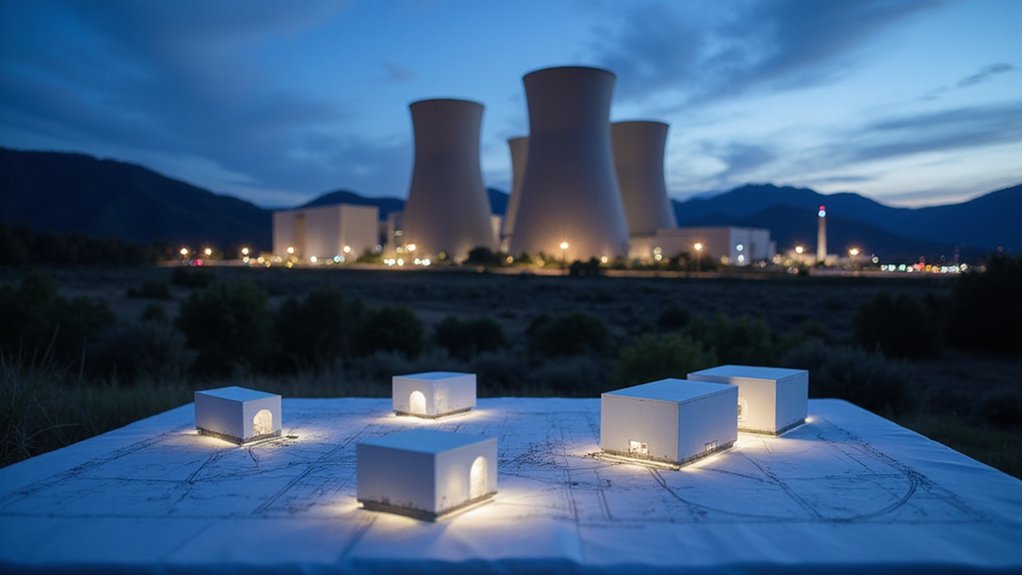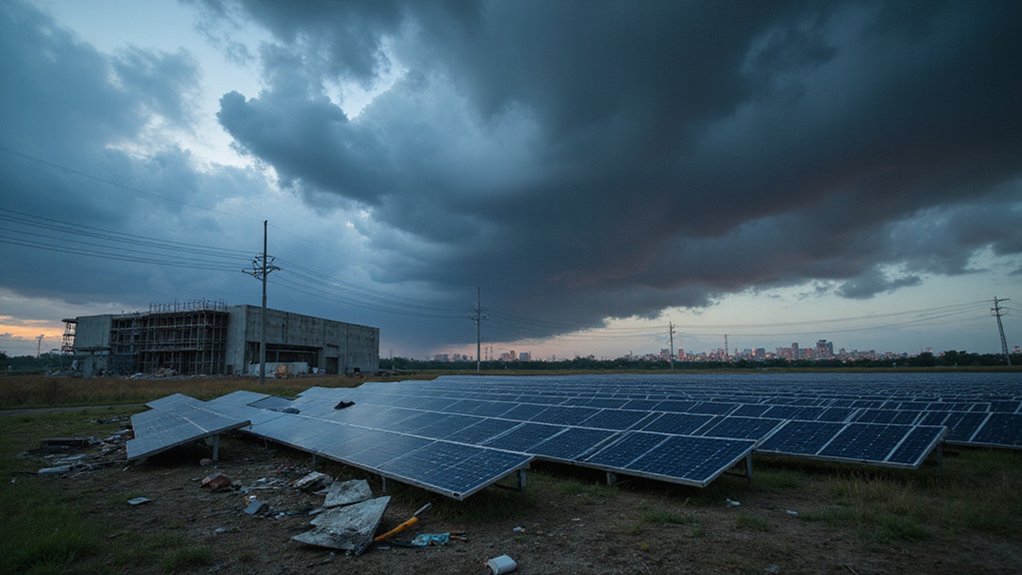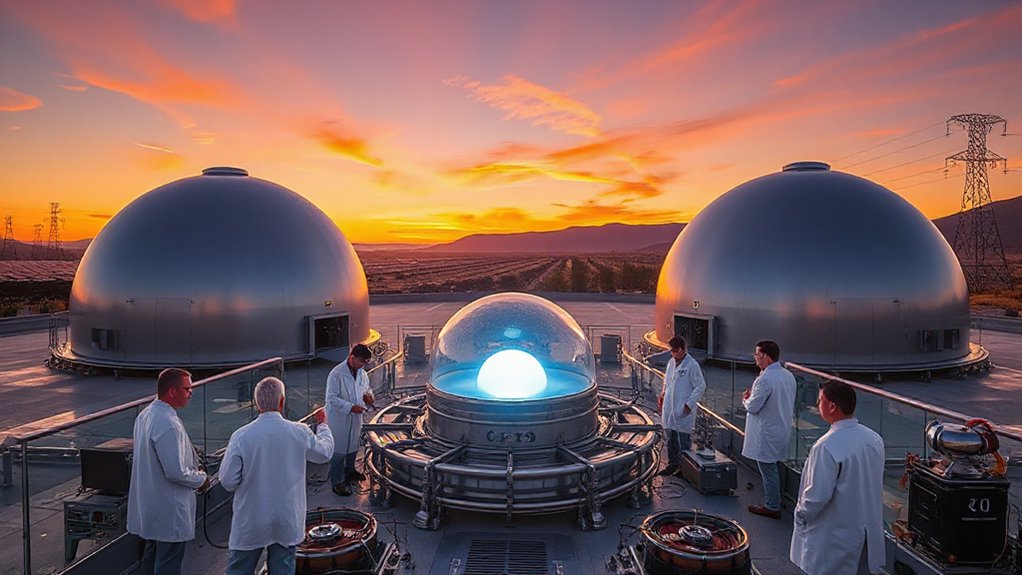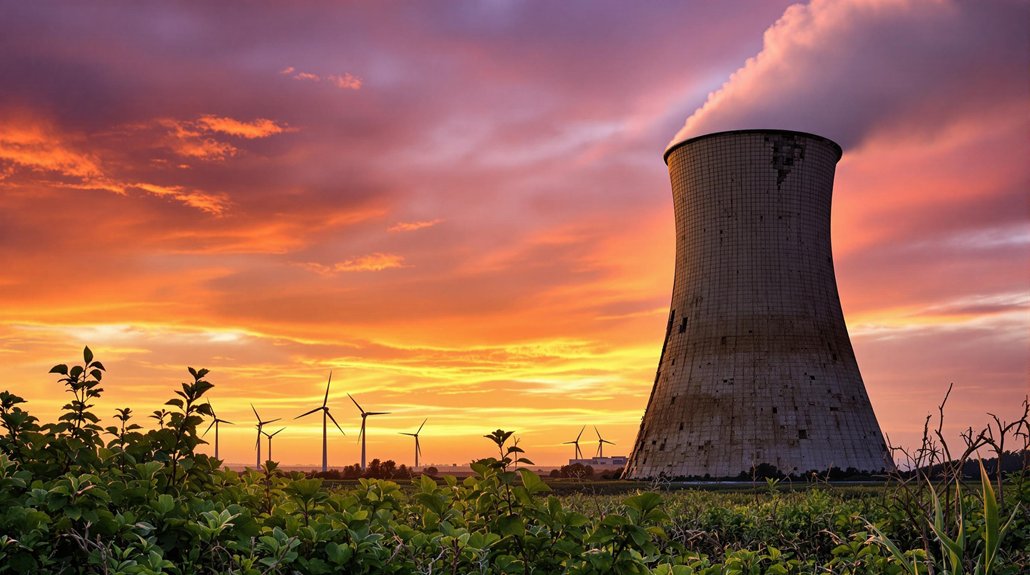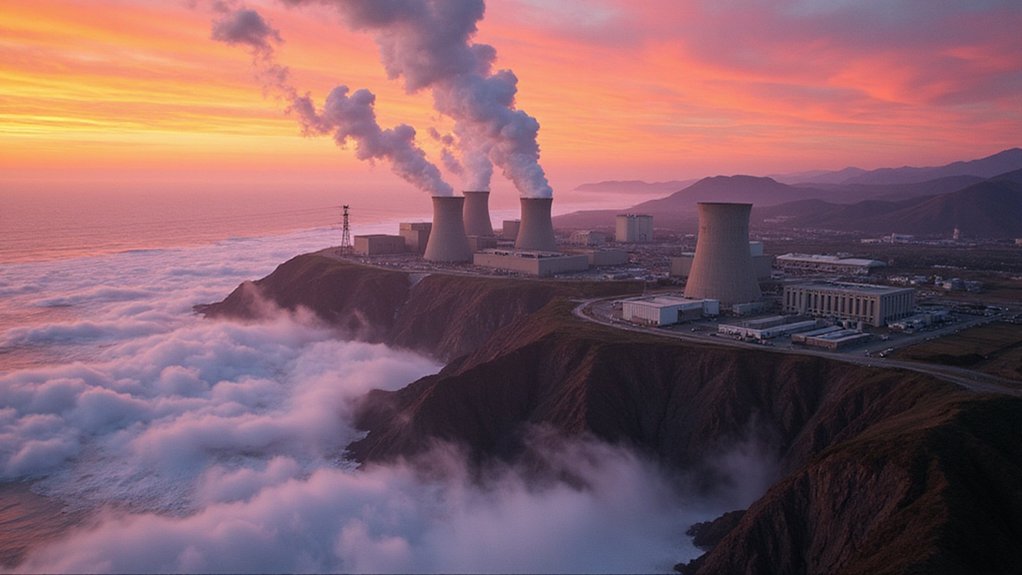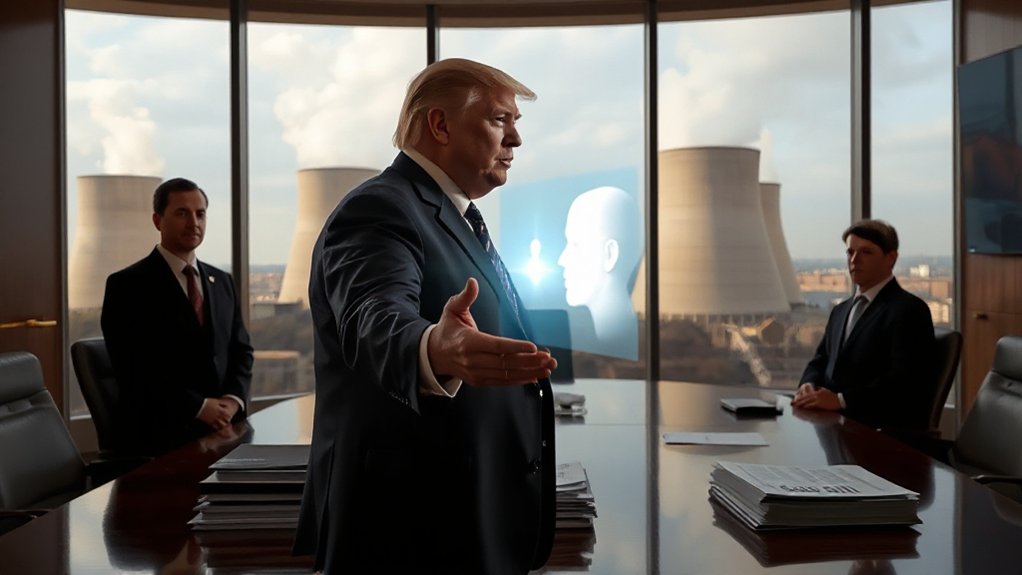In a groundbreaking move for America’s nuclear industry, the Tennessee Valley Authority (TVA) has become the first U.S. utility to formally request a permit for a small modular nuclear reactor. The application was submitted to the U.S. Nuclear Regulatory Commission for a site at Oak Ridge, Tennessee, known as Clinch River. This marks a major step forward for next-generation nuclear power in the United States.
TVA operates as the largest public power company in the country, currently running three large nuclear plants that provide 40% of the electricity in the Tennessee Valley region. The utility serves customers across seven southeastern states and expects electricity demand to grow considerably by 2035. If approved, the TVA’s first reactor could begin operating around 2032 and generate approximately 300 megawatts.
Small modular reactors, or SMRs, differ from traditional nuclear plants in several important ways. They’re designed to be built in smaller sizes, making them more affordable up front. They can be placed closer to communities that need power and include improved safety features. Unlike geothermal energy, which has an availability factor of 95%, SMRs must periodically shut down for refueling and maintenance. These smaller reactors could help reduce carbon emissions while providing reliable electricity.
The project comes as multiple states have recently changed their laws to support SMR development. Indiana, for example, has expanded its definition of SMRs to include reactors up to 470 megawatts and created rules that speed up the approval process. New legislation also promotes studies on the economic benefits of these reactors, including job creation.
States are actively changing legislation to accelerate SMR deployment, recognizing their economic and environmental potential.
SMRs use advanced designs and can be built in factories, which reduces construction time and costs. Many include passive safety systems that don’t require human intervention in emergencies. Some newer designs might even support industrial heat production or hydrogen generation. The Biden administration has demonstrated strong support by announcing a $900 million investment for small modular reactor development.
This permit application reflects growing interest in SMRs worldwide as countries work to meet clean energy goals while replacing aging power plants. The U.S. hopes to demonstrate leadership in nuclear innovation, with SMRs playing a key role in reaching zero-carbon targets in the power sector.
References
- https://techxplore.com/news/2025-05-small-nuclear-reactor.html
- https://www.ajc.com/news/2025/05/first-us-utility-seeks-permit-for-a-small-nuclear-reactor/
- https://nanonuclearenergy.com
- https://www.nrc.gov/reactors/new-reactors/advanced.html
- https://www.nei.org/CorporateSite/media/filefolder/resources/reports-and-briefs/State-Legislation-and-Regulations-Supporting-Nuclear-Energy-2025.pdf
